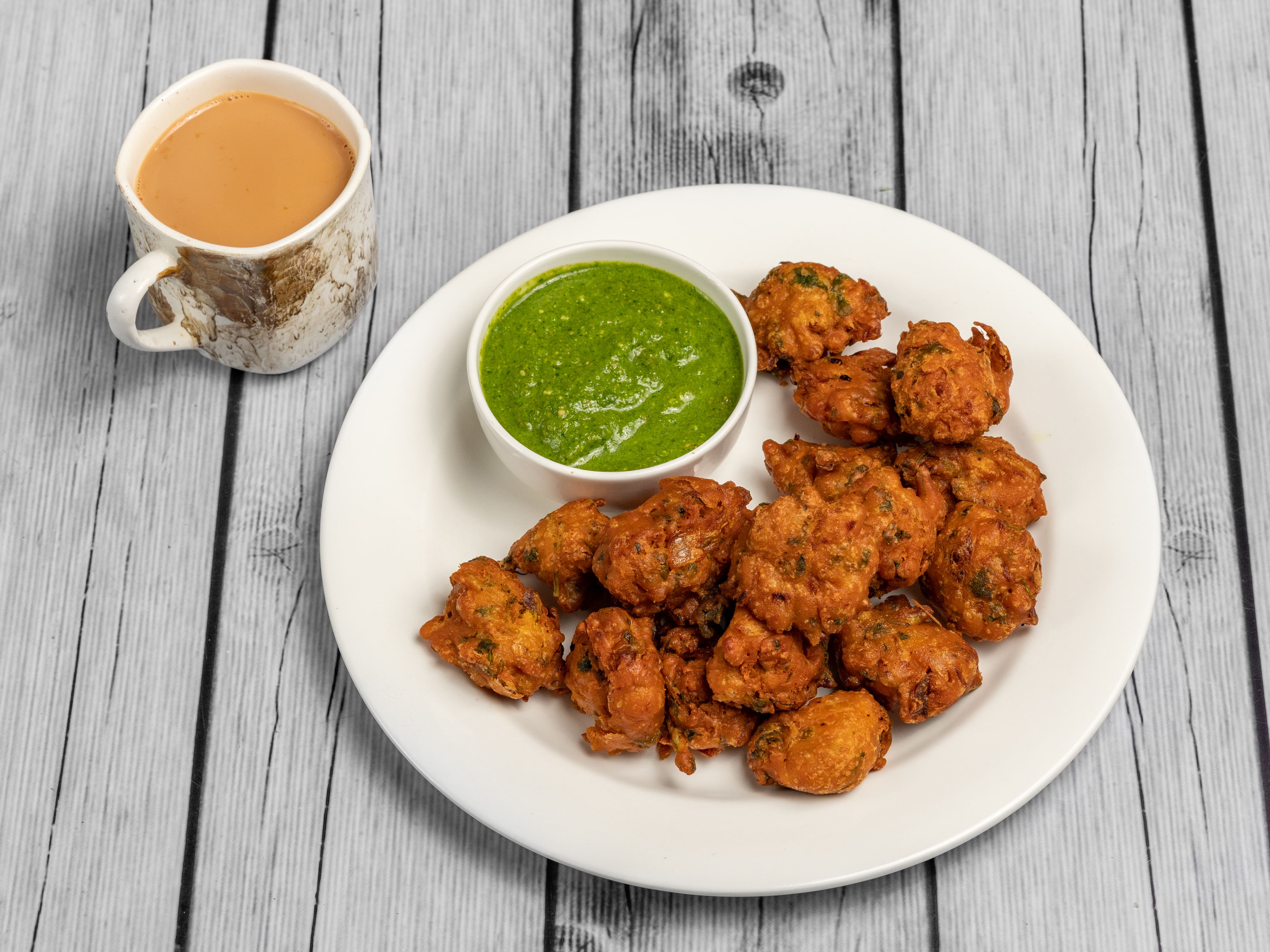
.jpg)
Hindu Sindhis who live in th UK today came via different routes. The Hindu Sindhis are a scattered people. There many different languages been spoken. India is a diverse collection of regions and provinces.

People fail to appreciate, India is not just one country. Hindu Sindhis are enterprising, and worked hard to re-build lives. Hindu Sindhis who migrated to different parts of India, had to start life with nothing. Many Sindhis have survived the trauma of Partion. Many had to start a new life from scratch. Many would trade in locally produced goods made in Sindh and sell them overseas, benefitting the economy of Sindh.įor Hindu Sindhis who left Sindh with nothing the main focus was on survival and putting food on the table. Hindu Sindhis were involved in trade and business. The new incoming Muslims did not speak Sindhi and they did not wish to adapt to the local customs and culture. There are Sindhi Muslims, who regret Sindhi Hindus leaving because it changed the character of Sindh.

Many Hindu Sindhis who fled to other parts of India, expected it would be a temporary measure, and they could return to Sindh when violence died down, but it was not possible. There are stories of Sindhi Muslims who joined the incoming Muslims, to loot the homes of the Hindus. There are stories of Sindhi Hindu women were given cyanide pills and told if Muslims break in homes to take one. There are heroic stories, of Sindhi Muslims who tried to protect their Hindu neighbours from these mobs. It became unsafe for Hindu Sindhis who were forced to flee their homes, businesses and livelihoods. The new incoming Muslims did not have homes, so they started to loot the homes of Hindus. Muslims from other parts of India would now however pour into Sindhi on a daily basis. When Partition occurred there was no violence in Sindh. Hindus and Muslims would put garlands on each other's temples and mosques as a mark of mutual respect. Our elders who lived in Sindh often recall Sindhi Muslims and Sindhi Hindus lived side by side in peace. Before the British came to Sindh in 1843 Hindu Sindhis were not allowed to own land and had to pay taxes to the Muslim rulers to practice their own religion. Hindus had lived under Muslim rule in the past. Many Hindus Sindhis expected to remain in the newly created Pakistan. Unlike the provinces of Punjab and Bengal which were split into two all of Sindh ended up in Pakistan. The Sindhi community was the worst hit by the Partition of India. The politicians created divisions between peoples. However, the Muslim political leaders were demanding a homeland where they would rule. Gandhi wanted independence from British Rule, but did not want India to be divided. To make matters worse, he was only given six weeks to complete the task. In 1947, Cyril Radcliffe a British judge, was ordered by the British Government to travel to India, a country he had never visited and with no knowledge of cartography or politics to draw the international border which will divide the Indian nation. While many celebrate the Independence of India it also marks a traumatic moment which changed the course of history for Hindu Sindhis forever. In August 1947, British India won its independence from British colonial Rule.


 0 kommentar(er)
0 kommentar(er)
